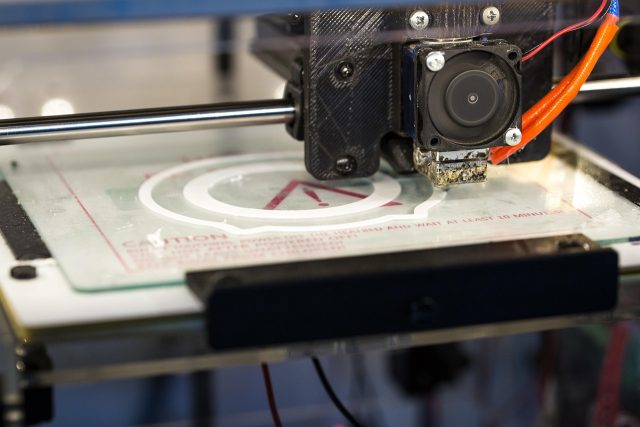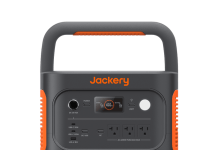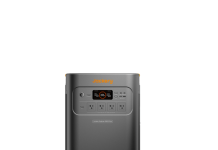
A 3D printer has completely transformed the design, manufacturing, and creative industries. No matter if you are testing a new invention, printing drone parts, or making custom jewelry, the success of your project will mostly depend on one single material: filament. It is a thin, flexible thread that might look like it is simple, but the kind and the quality of filament you use can change your final product significantly. PLA filament is one of many choices; however, it is the most popular among beginners and professionals.
First, I think it is very important to define what filament is and why it is the most important thing in 3D printing. After that, we will go through the reasons why PLA is still the leading brand in the market.
What Is 3D Printer Filament?
Filament is the primary material for the FDM (Fused Deposition Modeling) 3D printing process. It is a plastic material that is forced into the printer, heated in the nozzle, and then the layers are combined to form a 3D figure from a digital file.
The type of substrate used in the construction process can be very instrumental in determining the quality of the end product. There is a wide range of filament types that all meet specific requirements, such as:
- PLA – it is easy to handle, compostable, and perfect for those who have just started.
- ABS – Tough and impact-resistant, but trickier to print.
- PETG – Strong, weather-resistant, and slightly flexible.
- TPU – Rubber-like and great for flexible parts.
But if you’re looking for something user-friendly and eco-conscious, PLA filament is hard to beat.
Why Choose PLA Filament?
Polylactic Acid (PLA) is the sales leader among 3d printer filaments, and the reason behind this is that it is a biodegradable plastic made from renewable resources, which are corn and sugarcane. The product is biodegradable and hence safer for the environment.
Benefits of PLA Filament
- Eco-Friendly: Made from renewable resources
- Low Warping: Minimal shrinkage, making it ideal for detailed prints
- Odor-Free: Doesn’t emit harmful fumes during printing
- Bright & Versatile Colors: Available in a wide range of shades and finishes
- Easy to Print: Lower temperature requirements mean fewer printing issues
Whether you’re printing educational models, art pieces, toys, or practical household items, PLA filament delivers smooth results with less hassle.
Filament Matters: Why Quality Counts
Not all filaments are created equal. The quality of your filament will directly impact:
- Print surface quality
- Structural strength
- Print reliability
- Layer adhesion
- Color accuracy
Poor-quality filament can lead to failed prints, clogging, inconsistent diameters, or even damage to your printer. Always choose trusted brands that offer vacuum-sealed packaging and consistent spool winding.
PLA Filament in Action: Where and How It’s Used
PLA isn’t just for hobbyists. It’s become the material of choice across various industries because of its reliability and ease of use.
1. Education
Schools and universities use PLA to print models for biology, chemistry, architecture, and engineering classes. It’s safe for students and ideal for classroom environments.
2. Product Design
Rapid prototyping with PLA allows designers to test and refine their ideas quickly. It’s cost-effective and visually presentable for client pitches.
3. Home Use
From custom drawer organizers to phone stands, nameplates, and decorative items, PLA is perfect for personal projects.
4. Art & Cosplay
Its smooth finish and vibrant color options make PLA a favorite for printing detailed costume parts, props, and art displays.
Specialty PLA Variants Worth Trying
PLA is versatile, and many brands have created exciting filament types to enhance your prints:
- Silk PLA: Glossy and perfect for display models
- Wood PLA: Infused with wood fibers for a natural look and feel
- Glow-in-the-Dark PLA: Ideal for toys, lamps, and spooky designs
- Marble PLA: Gives prints a stone-like texture.
- PLA+ (PLA Plus): Offers improved strength and toughness over standard PLA
All of these can be used with standard PLA print settings, making them easy to experiment with.
Tips for Printing with PLA Filament
To achieve the highest quality with PLA filament, adhere to the following simple instructions:
- Use a Heated Bed (Optional): Even though PLA doesn’t require it, a bed heated to 50–60°C improves adhesion.
- Turn On Cooling: Use a cooling fan for cleaner details and better overhang capability.
- Make sure your Nozzle is Clean: Impurities may deposit, and hence, the print quality might be affected.
- Keep Filament Dry: PLA is a material that absorbs moisture—ensure it is tightly sealed and employ desiccants in case you will not be using it for some time.
- Print in the range of 190–220°C: Try to find the best temperature for your printer and filament brand by experimenting.
Where to Buy PLA Filament
When shopping for filament, look for:
- Accurate diameter (1.75mm or 2.85mm)
- Low tolerance (±0.03mm)
- Tangle-free spooling
- Vacuum-sealed packaging
- Trusted customer reviews
Good filament = fewer failed prints and smoother creations.
Final Thoughts: Create Without Limits
It doesn’t matter if you are a maker, teacher, engineer, or artist; you need filaments that you can rely on. Also, if you talk about a resource that fulfills the criteria of dependability, sustainability, performance, and that is PLA filament, then it is all of the above. In the age where 3D printing is becoming a part of everyday lives, PLA starts the race for user-friendliness, low cost, and being green.
Therefore, load up your filament, switch on your printer, and ignite your imagination; the layers will do the rest.










